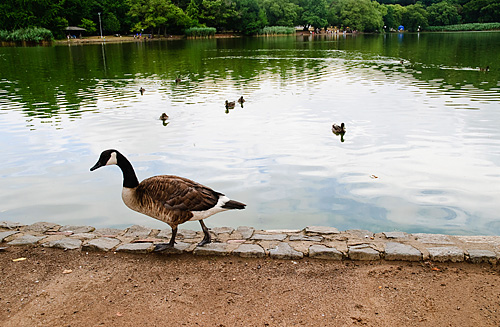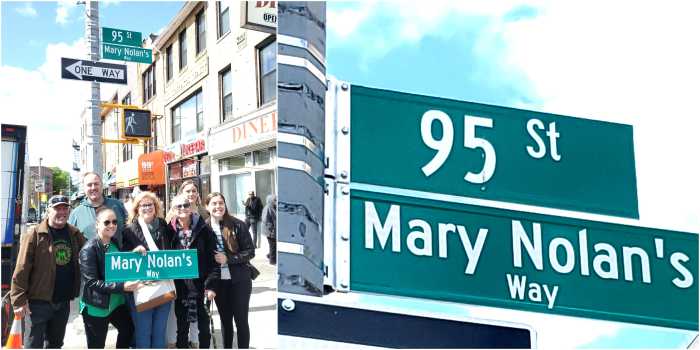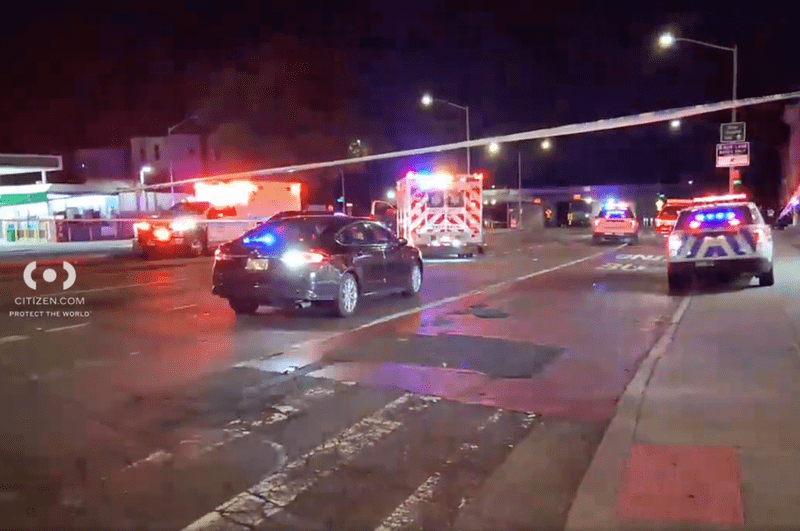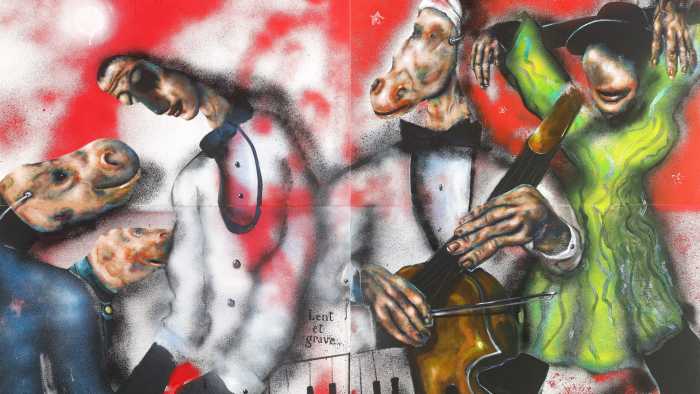No goose is safe.
Federal officials laid out a scenario for a gooseless city this week as they revealed their seven-mile “kill zones” around JFK and LaGuardia airports — zones so big that they encompass nearly the entire city.
A map of the broad zone used by the federal Department of Agriculture to determine where geese can be captured and killed comprises roughly half of Brooklyn, all of Manhattan except the Battery, much of the Bronx, and all of Queens.
Such a seven-mile zone around Newark Airport would also cover half of Staten Island.
A gooseless city.
Federal Wildlife Services spokeswoman Carol Bannerman said that her agency’s goal was not to kill all geese in those zones, but she would did not specify how many had to die to ensure that airplanes flying overhead do not collide with the birds.
More than 200 geese were massacred in Prospect Park in July in a middle-of-the-night, unannounced, multi-agency operation that rounded up the animals and sent them to gas chambers.
“Wildlife Services’ [goal] is to manage resident Canada goose populations to achieve an optimal balance between the positive values and conflicts associated with these birds,” Bannerman said. “Near airports, this would mean fewer wildlife hazards and risks.”
It is unclear how the controversial operation reduced the hazard to airplanes, as the population of Prospect Park waterfowl has quickly rebounded to more than 100, and many anti-slaughter activists were stunned by the ambition of such a broad kill zone, which was revealed through a Freedom of Information Law request by this newspaper.
“The goal of eliminating geese in seven miles, it’s just not possible,” said Patrick Kwan, the state director of the Humane Society of the United States. “We know that wildlife eradication programs don’t work.”
The shocking map also confirms the long-held suspicion that the lake in Prospect Park — where the geese were slaughtered — was actually not within the seven-mile radius.
As the map reveals, the radius only barely grazes a small sliver of the eastern portion of the park.
But that didn’t stop federal agents from massacring some 290 to 400 geese (the exact number remains the subject of much speculation) on the opposite side of the park outside the kill zone.
Bannerman would only say that Prospect Park was fair game because the seven-mile kill zone boundary touched part of the park.
“The distance for airport wildlife hazard mitigation is measured from the boundary of the airport to the boundary of the ‘wildlife attractant site’ — in this case Prospect Park,” said Bannerman. “The park boundary is within the seven miles identified for removal of resident Canada geese.”
The now-notorious culling was carried out in the name of airline safety, as officials said that the birds must be eliminated to prevent a collision similar to the one that caused the “Miracle on the Hudson,” in which a plane crash landed after flying into a flock of geese.
Since then, some 1,235 geese were killed in 2009, and hundreds more were killed in 2010, though Wildlife Services has yet to reveal the exact number of birds it culled. It is unclear whether the operation will be resumed next summer, but some parkgoers are already dreading the notion of more grim reaping.
“To have a city without geese, without respect for wildlife — where does that lead you?” asked Mary Beth Artz, who organized a vigil for the geese last July. “It would be devastating, absolutely devastating.”





















